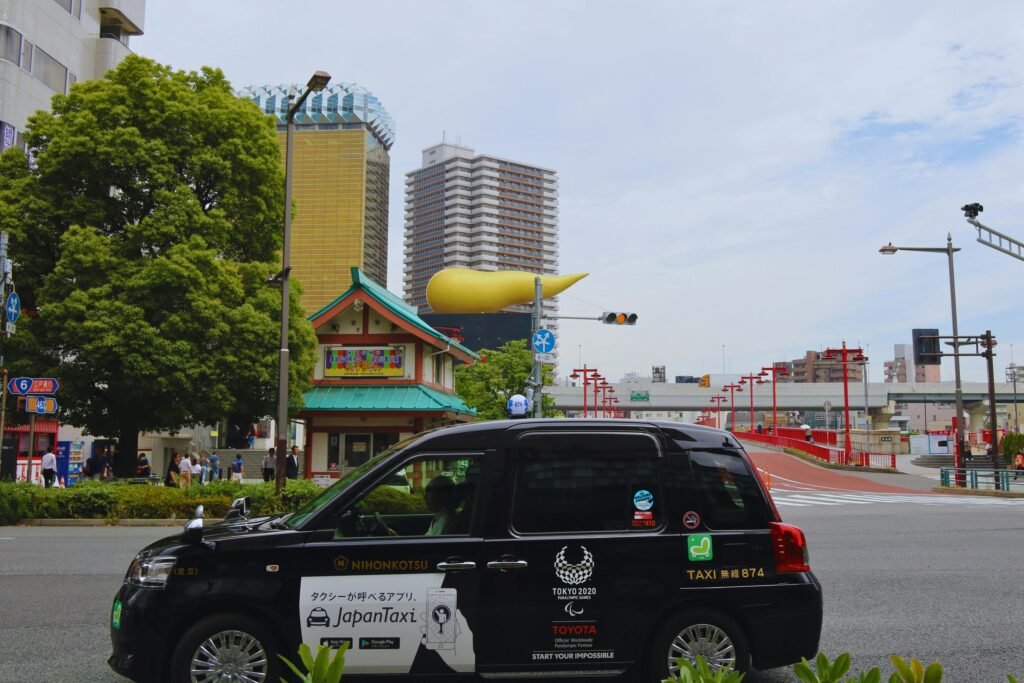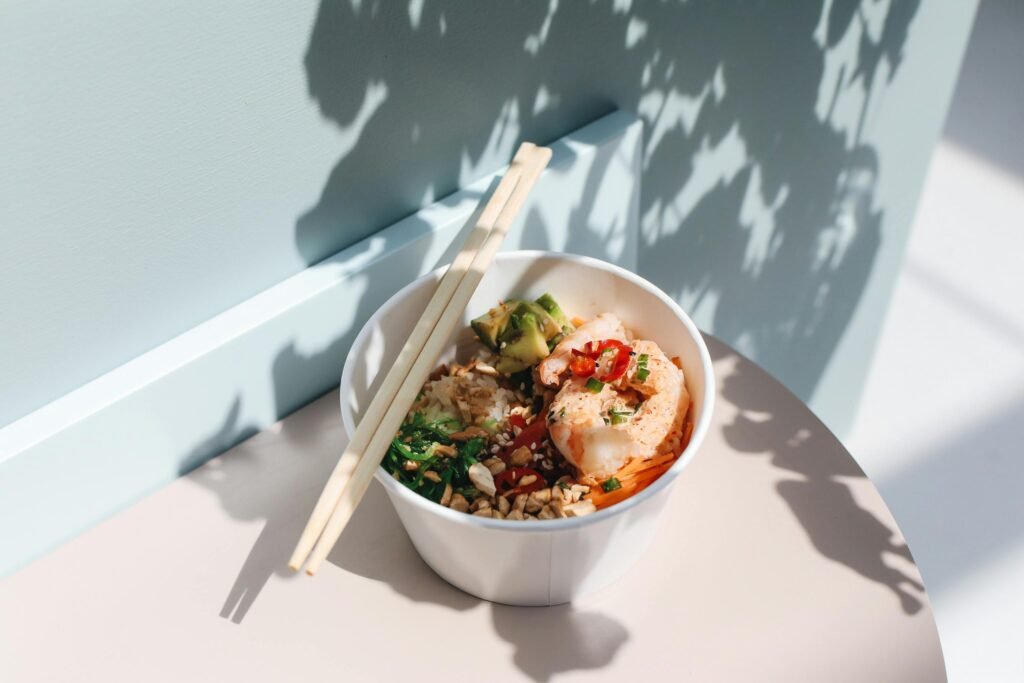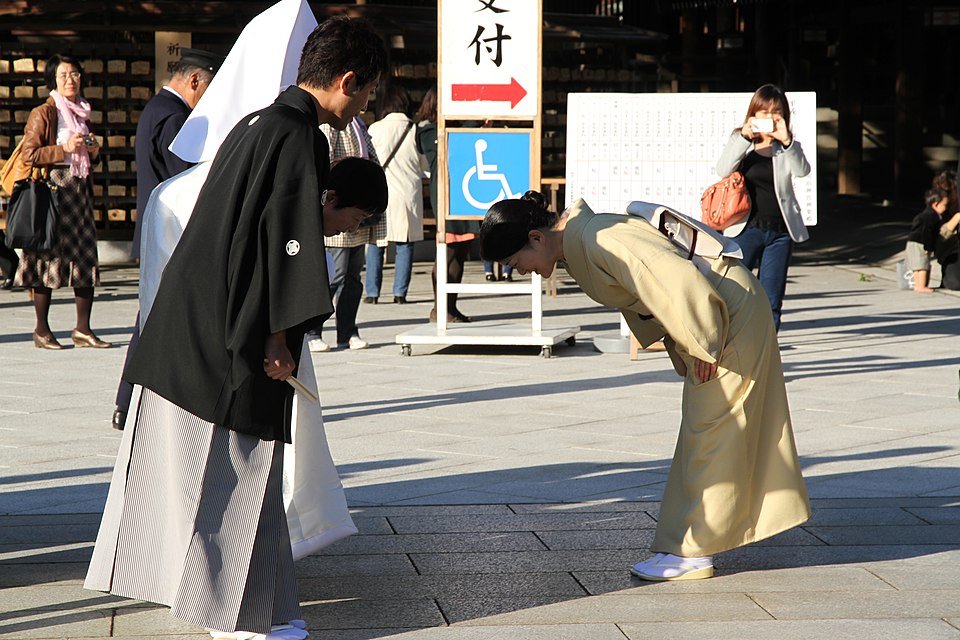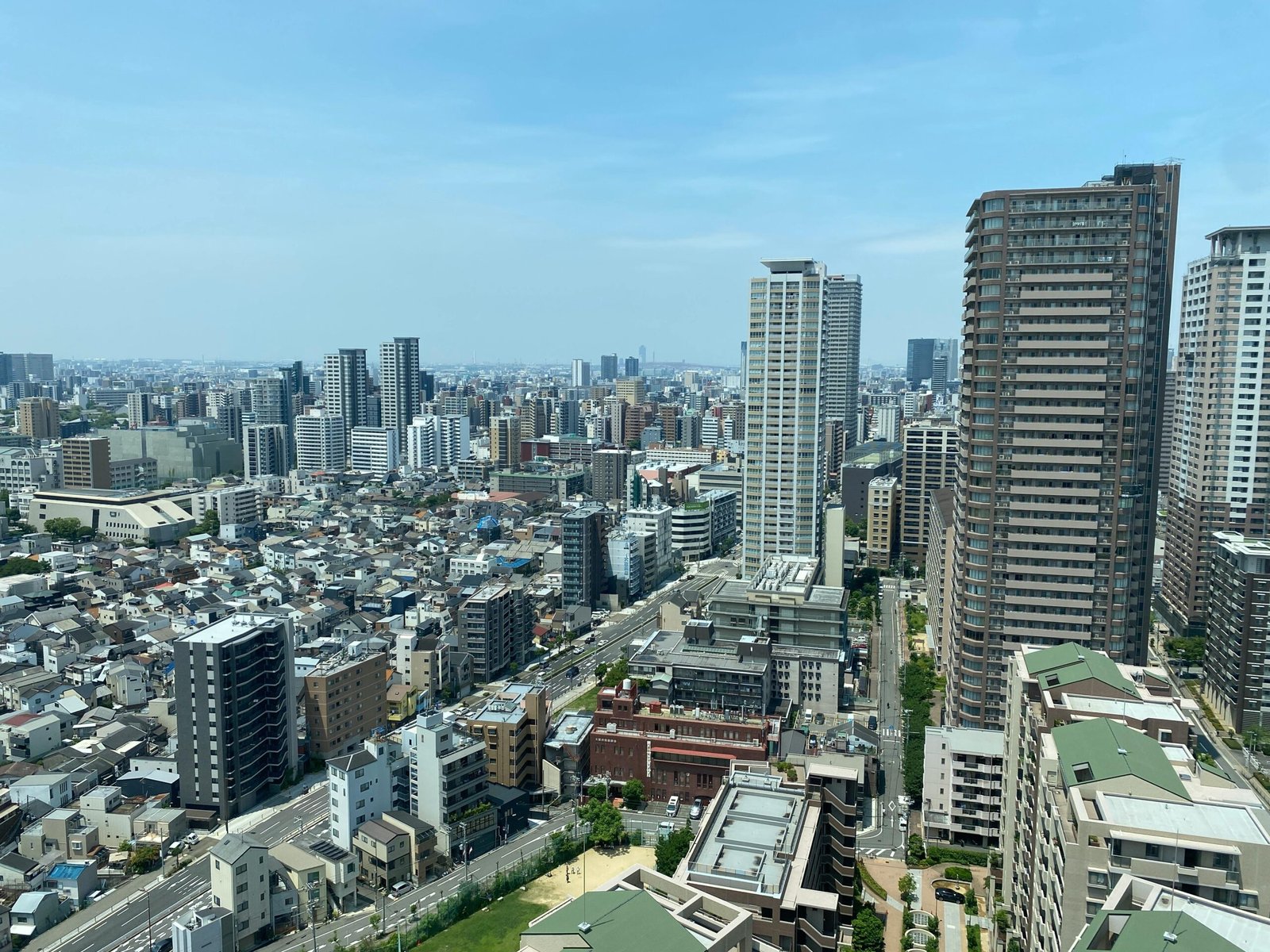Visiting Japan can be a cultural eye-opener, especially for British tourists unfamiliar with local etiquette. This guide highlights five common mistakes that Brits often make when exploring Japan. From speaking too loudly in public to tipping when it’s not expected, cultural missteps can cause confusion or even unintentional offense. Many also overlook the importance of removing shoes before entering homes or traditional inns. Others fail to respect queueing customs, which are even more orderly than in the UK. Bowing instead of handshakes, correct chopstick use, and public bath etiquette also trip up newcomers. Read on to avoid embarrassment and travel more respectfully through Japan.

The £300 Taxi Ride That Changed Everything
Picture this: You’ve just landed at Narita Airport after a grueling 12-hour flight from London, jet-lagged and eager to reach your Tokyo hotel. The queue for the train looks endless, so you hop into what seems like a regular taxi. Forty-five minutes later, you’re handed a bill for ¥45,000 (roughly £300) – more than some people’s entire daily budget for Japan.
This actually happened to my mate Sarah on her first trip to Tokyo last spring, and it’s just one of the costly mistakes I see British tourists make time and again in Japan. After living in Japan for two years and guiding dozens of friends through their first visits, I’ve identified the five most common – and expensive – errors that could derail your dream trip to the Land of the Rising Sun.
In this guide, you’ll discover:
- The transport mistake that’s costing Brits hundreds of pounds
- Why your usual tipping habits could seriously offend your Japanese hosts
- The dining etiquette blunder that marks you as a clueless tourist
- Cash-related oversights that leave travellers stranded
- Cultural missteps that close doors to authentic experiences
Let’s dive into these avoidable mistakes so your Japanese adventure becomes the trip of a lifetime, not a cautionary tale.
Mistake #1: Taking Taxis Instead of Mastering Japan’s Incredible Public
The Problem
British tourists, accustomed to reasonably priced black cabs and Ubers, often underestimate just how expensive Japanese taxis are. A typical 10-minute ride in Tokyo can easily cost £20-30, while the same journey on the subway costs less than £2.
The Real Cost
Here’s what shocked me most: Sarah’s £300 airport taxi could have been replaced with a £10 Narita Express ticket plus a £2 subway ride. That’s a 95% saving! Over a week-long trip, choosing taxis over public transport could add £500-1000 to your budget.
The Solution: Become a Public Transport Pro
Get a JR Pass if you’re travelling between cities
- 7-day pass: £234 (pays for itself with one Tokyo-Kyoto round trip)
- 14-day pass: £374
- 21-day pass: £478
Master the IC Cards for local transport
- Suica or Pasmo cards work on virtually all trains, subways, and buses
- Load them with £50-100 at any station machine
- Tap on, tap off – simple as an Oyster card
Download these essential apps:
- Google Maps (works perfectly for Japanese transport)
- Hyperdia (for detailed train schedules)
- Tokyo Subway Navigation (free with tourist information)
Insider Tip
The last train typically runs around 11:30 PM-midnight. Miss it, and you’re looking at either an expensive taxi ride or an all-night adventure in a 24-hour café. Plan accordingly!
Mistake #2: Trying to Tip (And Accidentally Insulting Your Hosts)
The Problem
We Brits are used to tipping 10-15% for good service, but in Japan, tipping is not just unnecessary – it’s considered rude. I watched a well-meaning British couple chase their server around a Kyoto restaurant, trying to leave a tip, while the poor staff member grew increasingly distressed.
Why Tipping Offends
In Japanese culture, excellent service is the baseline expectation, not something that requires additional payment. Offering a tip suggests the service provider isn’t paid fairly by their employer – a serious insult in a society that values honour and respect.
The Solution: Show Appreciation the Japanese Way
Instead of tipping:
- Say “arigatou gozaimasu” (thank you very much) with a slight bow
- Learn “gochisousama deshita” (thank you for the meal) when leaving restaurants
- Write positive reviews on Google or TripAdvisor
- Return as a customer if you’re staying longer
Cultural Context
This no-tipping culture extends everywhere: restaurants, taxis, hotels, even personal services like massages. The only exception might be high-end ryokan (traditional inns) where you can discreetly leave a small gift in an envelope for exceptional service – but even this isn’t expected.

Mistake #3: Dining Like You’re at Your Local Pub
The Problem
British dining habits – sharing plates, loud conversations, pointing with chopsticks – can mark you as disrespectful in Japanese restaurants. I cringed watching a group from Manchester loudly critique their sushi while waving their chopsticks around like conductors’ batons.
The Dining Disasters I’ve Witnessed
Chopstick crimes:
- Pointing at people or food
- Sticking them upright in rice (resembles funeral incense)
- Passing food directly from chopsticks to chopsticks
- Using them to drag plates closer
Volume violations:
- Speaking loudly enough for other tables to hear
- Laughing boisterously
- Taking phone calls at the table
The Solution: Dine Like a Local
Before eating:
- Say “itadakimasu” (I gratefully receive)
- Don’t pour your own drinks – serve others and they’ll serve you
- Wait for everyone to receive their food before starting
During the meal:
- Keep conversations quiet and respectful
- Try everything offered – it shows respect
- Don’t waste food – finish what’s on your plate
- Slurping noodles is actually encouraged!
After eating:
- Say “gochisousama deshita” (thank you for the meal)
- Don’t stack plates or bowls
- Pay at the counter, not at the table
Money-Saving Dining Tips
- Lunch sets are typically 30-50% cheaper than dinner
- Department store restaurant floors (usually 10th-14th floors) offer excellent value
- Convenience store food is surprisingly high quality and cheap
- Look for “morning service” breakfast deals at coffee shops

Mistake #4: Underestimating Japan’s Cash-Only Reality
The Problem
Despite being incredibly high-tech, Japan remains surprisingly cash-dependent. I’ve seen British tourists stranded outside amazing restaurants, unable to pay with their contactless cards, or worse – running out of cash entirely because they couldn’t find a working ATM.
The Shocking Statistics
- Only about 20% of transactions in Japan are cashless (compared to 41% in the UK)
- Many restaurants, especially family-run ones, only accept cash
- Some temples and shrines only accept cash donations
- Street food vendors and small shops rarely take cards
The Solution: Master the Art of Japanese Cash Management
Where to get cash:
- 7-Eleven ATMs (accept most international cards, open 24/7)
- Japan Post Bank ATMs (found in post offices)
- Major bank ATMs in larger stations
How much to carry:
- £200-300 in cash for a week-long trip
- Always have at least £50 in smaller bills (¥1000 and ¥5000 notes)
- Keep cash in different locations (wallet, bag, hotel safe)
ATM operating hours to remember:
- 7-Eleven: 24/7 (your lifeline!)
- Bank ATMs: Usually 8 AM-9 PM weekdays, shorter weekend hours
- Some shut down entirely on Sundays
Pro Tip
Download the “ATM Hunter” app to locate the nearest international-friendly ATM. It’s saved me countless times when exploring remote temples or rural areas.

Mistake #5: Misreading Social Cues and Missing Authentic Experiences
The Problem
British directness and casual boundary-pushing can inadvertently close doors to authentic Japanese experiences. I’ve watched tourists miss incredible opportunities – from being invited to local festivals to joining impromptu sake tastings – simply because they misread or ignored subtle social cues.
The Cultural Disconnect
Japanese communication is often indirect and context-heavy, while British communication tends to be more straightforward. What we might interpret as politeness could actually be discomfort, and what seems like an invitation might just be courtesy.
The Solution: Become Culturally Fluent
Learn to read the room:
- Bowing depth indicates respect level (slight nod vs. deep bow)
- “Maybe” often means “no” in Japanese context
- Long pauses in conversation are normal, not awkward
- Gift-giving has specific rules (always use both hands, wrap beautifully)
Respect personal space:
- Don’t touch people casually (no back pats or shoulder touches)
- Avoid pointing directly at people
- Keep voices low in public spaces
- Don’t eat or drink while walking (except at festivals)
Show genuine interest:
- Learn basic Japanese phrases beyond “arigato”
- Ask about local customs and traditions
- Show appreciation for craftsmanship and attention to detail
- Participate respectfully in cultural activities
Unlocking Authentic Experiences
Join local activities:
- Morning radio exercises in parks (rajio taiso)
- Community festivals (matsuri) – often advertised in local tourist offices
- Temple meditation sessions (many welcome foreigners)
- Local cooking classes or tea ceremonies
Find the real Japan:
- Explore neighbourhood shotengai (shopping streets)
- Visit local sento (public baths) – follow etiquette strictly
- Try standing bars (tachinomiya) for authentic local atmosphere
- Shop at local markets early morning for fresh experiences
The Bottom Line: Your Japan Success Formula
After guiding countless British friends through Japan and making these mistakes myself, here’s what separates an average trip from an extraordinary one:
Preparation pays dividends: Spend time understanding transport options, cultural basics, and cash requirements before you go. This isn’t just about avoiding embarrassment – it’s about unlocking experiences that money can’t buy.
Respect opens doors: Every cultural gesture you make correctly – from proper bowing to chopstick etiquette – signals respect and often leads to warmer interactions and insider recommendations.
Flexibility saves money: Being open to local transport, dining customs, and social norms typically results in more authentic (and affordable) experiences than sticking rigidly to British habits.
Your Next Steps
Ready to plan your perfect Japan trip? Here’s your action plan:
- Research JR Pass options and book before you travel (they’re cheaper online)
- Download essential apps and offline maps while you have good WiFi
- Learn 10 basic Japanese phrases – it shows respect and effort
- Plan your cash strategy and locate 7-Eleven stores near your hotels
- Read up on regional customs for your specific destinations
Japan rewards travellers who approach it with curiosity, respect, and preparation. Avoid these five common mistakes, and you’ll discover why Japan consistently ranks as one of the world’s most beloved travel destinations.

